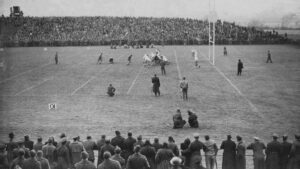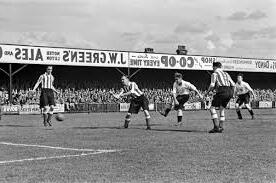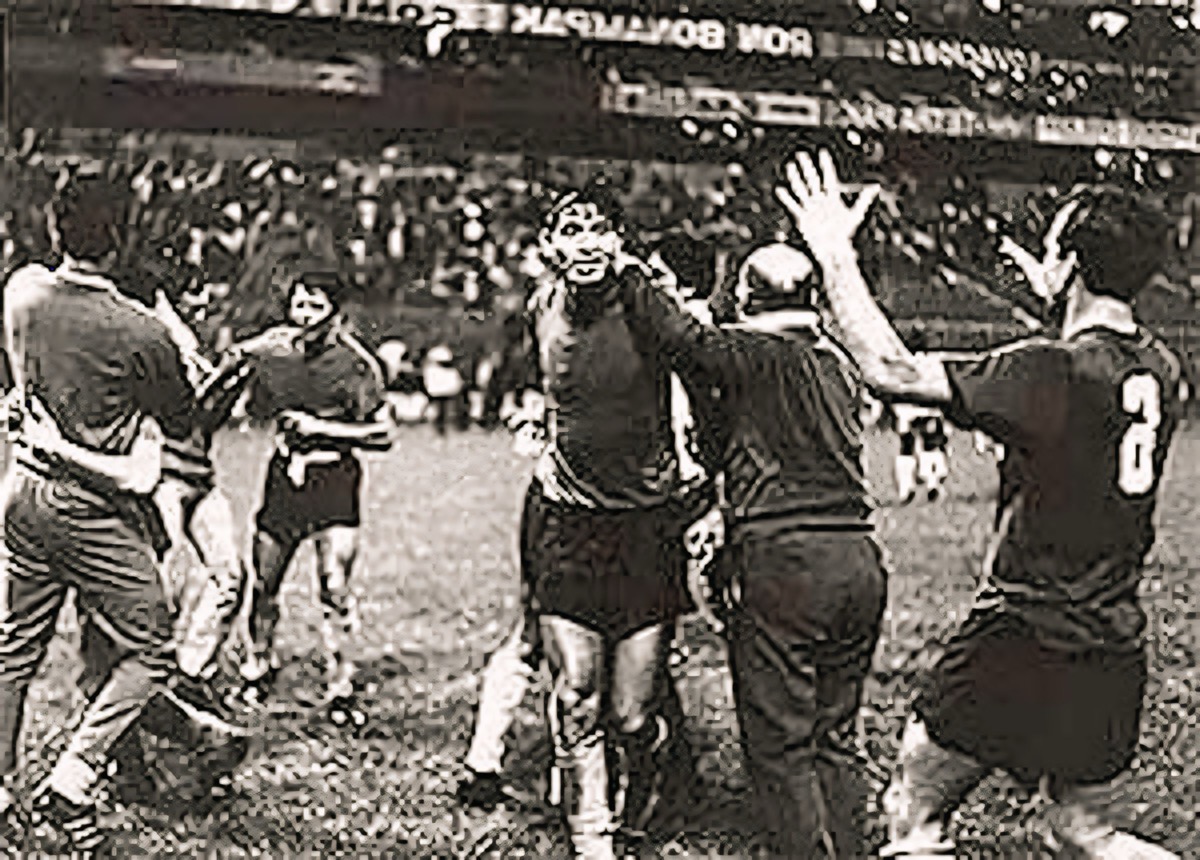Introduction
Football has always been more than just a sport; its a symbol of unity and resilience. The journey of Football’s Resilience from battlefields to pitches during times of conflict showcases its power to heal and connect communities. This blog explores how football has survived and thrived through wars, becoming a beacon of hope in challenging times.

The Role of Football in Times of Conflict
When war breaks out, many aspects of life are disrupted. Football leagues often suspend their activities, and players may enlist, leaving a void in local communities. However, this sport continues to play a crucial role. During conflicts, football serves as a release a way for people to cope with the harsh realities of life.

Rebuilding Community Through the Game
As communities face the aftermath of war, football becomes a tool for rebuilding. Matches are organized to bring people together, fostering a sense of normalcy and camaraderie. These events help individuals heal, providing a space to share stories, celebrate life and rekindle friendships.

Football’s Resilience as a Symbol of Hope
The resilience of football can be seen in its ability to adapt and inspire. During and after conflicts, the sport often becomes a beacon of hope, rallying communities and individuals.
Players returning from war bring their experiences back to the pitch, influencing how the game is played and perceived. This transformation not only affects the tactics on the field but also fosters a spirit of teamwork and camaraderie among players.
Football matches, organized in the aftermath of conflict, serve as crucial gatherings for communities to reconnect and heal. These events remind us that even amidst adversity, the spirit of the game can prevail.
The resilience of football is not just in its survival but in its power to unite people, transcending borders and bridging divides.

Legendary Matches During War Times
Some of the most memorable football matches have occurred during wartime, showcasing the sport’s power to unite. For instance, during World War I, the famous Christmas Truce of 1914 saw soldiers from both sides play informal matches in no-man’s land. Such events remind us that even in the darkest times, the spirit of the game can shine through.
The Evolution of Football Post-Conflict
After major conflicts, football has often played a key role in revitalizing societies. As countries emerge from war, football leagues are reestablished, and players return to the sport they love.
This resurgence not only boosts morale but also provides a platform for reconciliation and healing.

The Future of Football in Conflict Zones
Today, football continues to serve as a vital outlet in conflict zones. Organizations use the sport to promote peace and cooperation among youth, teaching them the values of teamwork and respect. Initiatives like these aim to foster a brighter future where football remains a tool for positive change.
Conclusion
From battlefields to pitches, football’s resilience is a testament to its role in society. It unites people, promotes healing, and fosters hope in the darkest times. As we reflect on its journey, we celebrate not just the sport, but the spirit of those who have fought to keep it alive.




